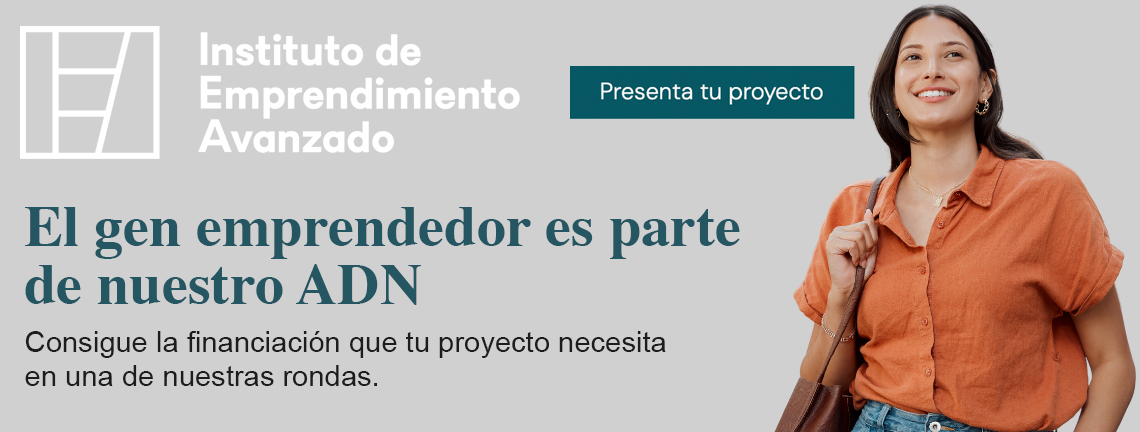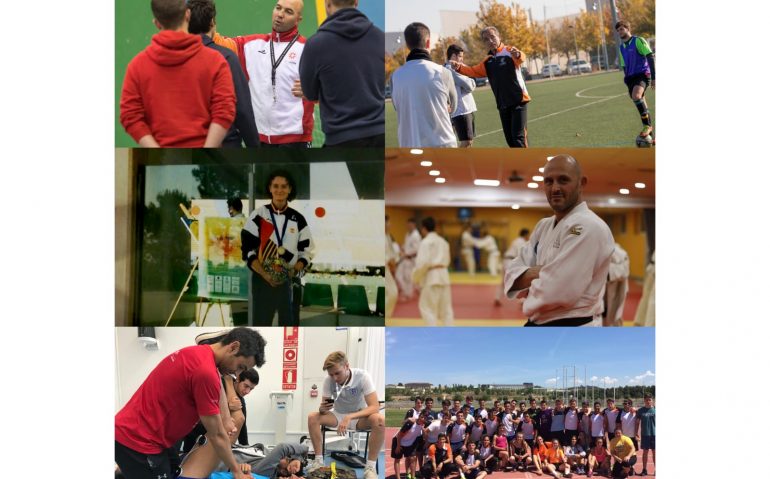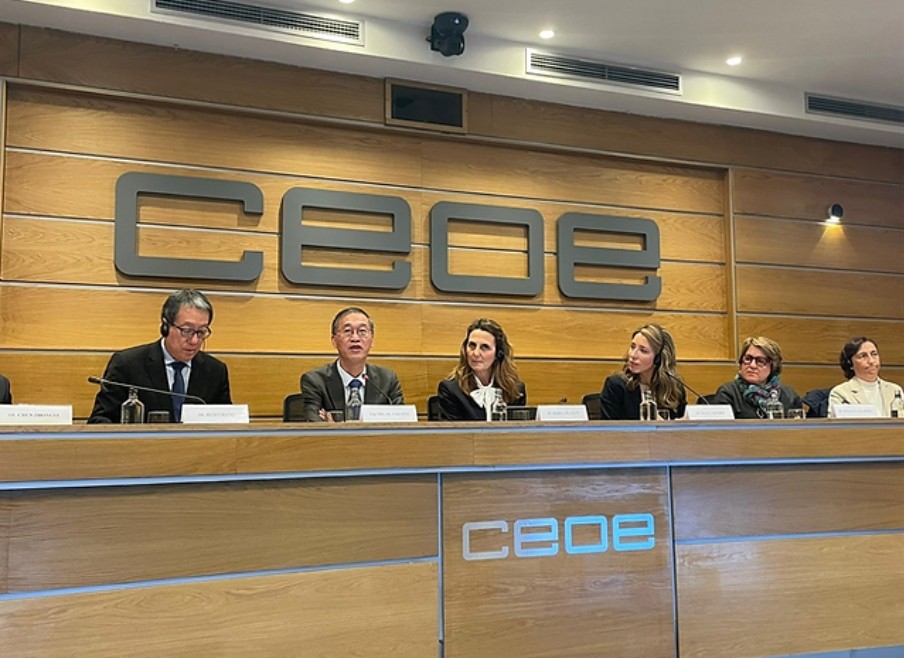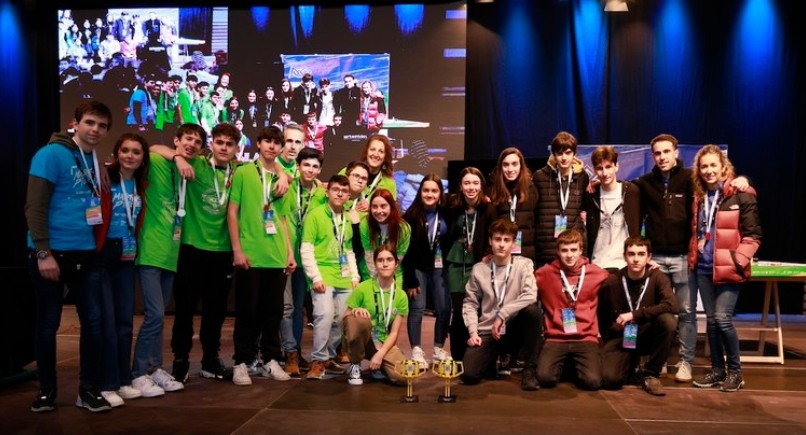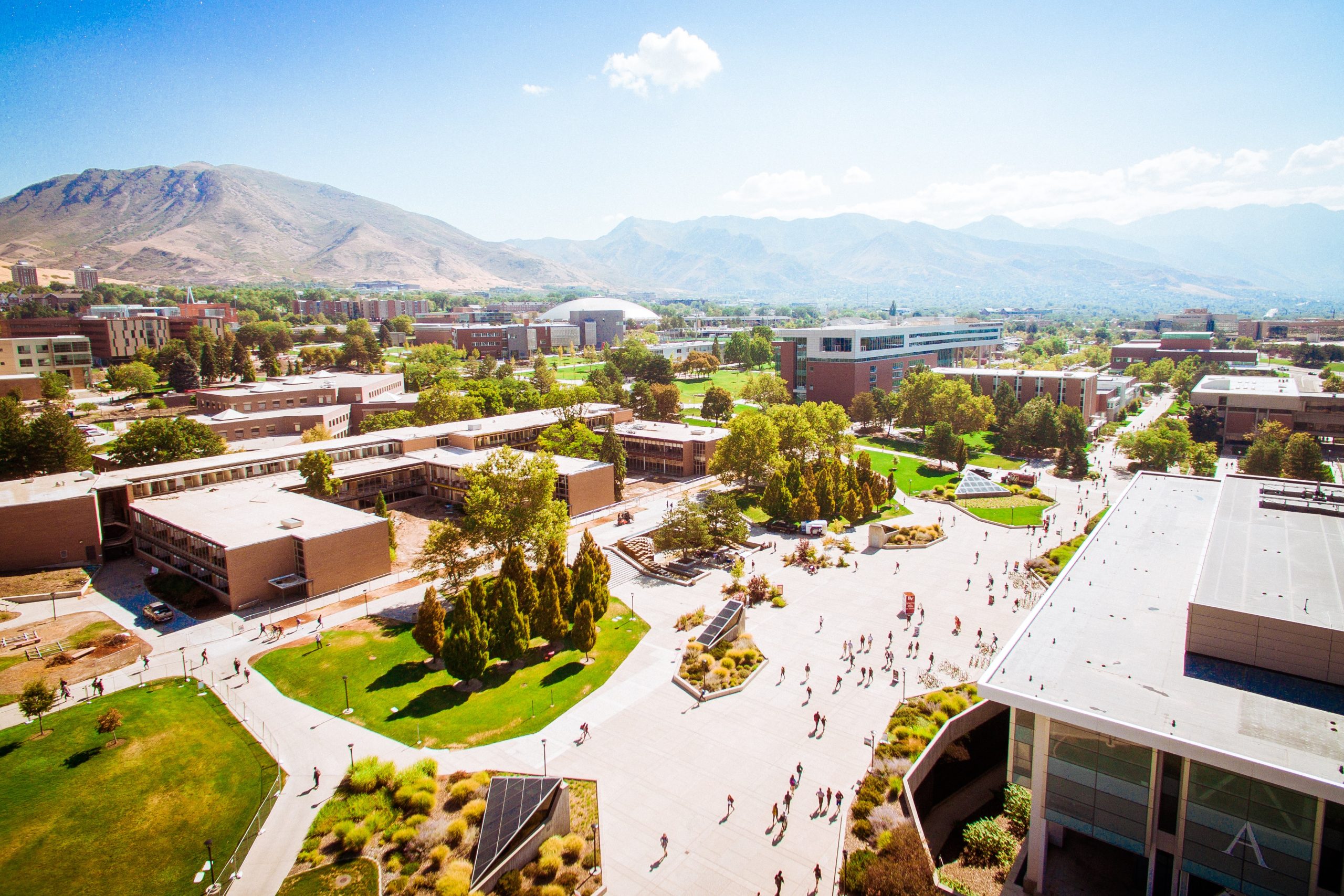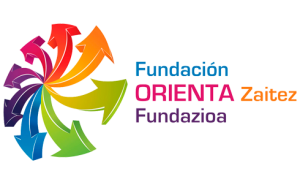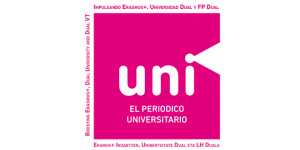The degree in Science of Physical Activity and Sports (CCAFD) of the University San Jorge has teachers who are or have been elite athletes who decided to take the step to university teaching and now transmit their knowledge and experience to students of the USJ.
All have competed in the highest category of their disciplines and have reached historical milestones. Demetrio Lozano has a World Cup, three bronze medals in the Olympic Games and four European silver medals; Sergio Domenech has been champion of Spain and has won medals in world cups, a European Championship of clubs and a gold medal in the Grand Slam of Paris, being the first Spanish to achieve it in 50 years; Luis Alberto Marco has won the silver medal in a European championship, has been 6 times champion of Spain and Olympic athlete in London in 2012.
For her part, Celia Marcén beat the record of Spain in 20 km march, was bronze in the Mediterranean Games, got a bronze by teams in the European Cup of Athletic March and competed in two world championships. In addition, Toño Cartón has been a player of the first division of handball getting champion of the ASOBAL League, the Copa del Rey and runner-up of the Spanish Super Cup. Finally, José Luis Arjol has been a professional soccer player for six seasons, a specialist in physical preparation and a second coach for 11 seasons in first division soccer teams.
The step to teaching
All of them share their passion for sports, although each one chose teaching for different reasons. For Celia Marcén and Sergio Domenech it is something that has always attracted them. Sergio explains that for him “transmitting knowledge is something vocational” and when he had the opportunity to do it at the USJ, he thought that “it was a responsibility” that completed him “on a professional and personal level”.
Luis Alberto Marco admits that teaching had not interested him before because he had not discovered how motivating it is to teach about subjects that he likes and about which he has been trained. According to José Luis Arjol, in his case, “the labor irregularity of a market as demanding as professional football” made him accept to be a teacher at the USJ and start the degree in CCAFD. The uncertainty of the elite sport also pushed Celia Marcén to teaching. “I’m not a very competitive person and, unlike other athletes, I never visualized many years in high performance; I always saw it as a short stage in my life, “he admits.
Application in classes
Thus, for different reasons, they ended up in the classrooms of the USJ. The leap to teaching changed his day to day, but did not change the qualities acquired during his years of competition.
Demetrio, Celia, Luis Alberto and Sergio agree on the habits of work, organization, effort, planning and self-demand that elite sport has allowed them to strengthen. “I maintain critical analysis in the same way I did in competitions. I analyze what goes well, what goes wrong and what can be improved to apply it in the classes with the objective that the students get the best experience “, explains Luis Alberto. Toño Cartón also states that elite sport teaches how to manage emotions and get to know oneself, since it allows one to know how each person acts in stressful situations, as well as to recognize patterns in others. “These two key competences for emotional education are the ones I would like to transmit to my students,” he adds.
The sport of the elite impregnates the person who lives it and, as Sergio Domenech explains, the athlete “can not get rid of that influence”, so it is inevitable that they apply the acquired knowledge in their classes. Demetrio Lozano says he uses examples from his experience and José Luis Arjol says that it allows him to “provide the student with the reality of the needs with which he will meet at the end of studies”, something “essential in the area of the Sciences of the Physical Activity and Sports “.
For Celia Marcén, the sport’s legacy is her “determination that each student reaches her potential”, her way of “putting pressure on those who can give more” and her habit of “challenging them not to conform”. Toño shares this quality and affirms that he tries to get the students “in almost real problems” to “force them to fail soon and fail better until they get it right”.
Athletes and students
The USJ, and especially the degree in CCAFD, has students who are high performance athletes and have special needs. In this sense, they are understood especially by these teachers, and they themselves were elite athletes at the same time as students.
Jose Luis Arjol began to combine high performance sport with training when he considered what his professional future would be like beyond the years as an athlete. For Luis Alberto, who continues studying since he is immersed in his doctorate, he understands his training as “a tool to be prepared” when he can not continue for physical reasons. Toño Cartón, who is also a doctoral student, explains that for him sport and training “are two different dimensions and necessary to be in balance”.
Demetrio remembers that he liked to study CCAFD because it was directly related to his sporting performance and he used it as a distraction. “Studying helped me not to think about competition all the time,” he says. Celia shares this impression and recalls that “wherever I was, whether it was in a concentration or competition”, she would self-plan to study at least one hour a day.
Sports students
The empathy that the professors develop and the regulation of adaptation and flexibility that the USJ contemplates in these cases makes the high performance sports students can combine university education with their sports career.
Celia explains that “a personalized program is designed according to their sport calendars” and take advantage when they have rest or less intense periods “to do tutoring or review of topics”. Demetrio Lozano recognizes that he understands his situation and tries to be “close to his problem” to help them “within the academic regulations”. However, all emphasize that the level of demand is the same as that expected of other students. “The requirement is the same. I have lived through this process and I have been able to take it forward, so I know it can be done with work and organization, “says Luis Alberto Marco. In this sense, José Luis Arjol highlights the work of the tutor as a figure “that guides the student on how to reconcile the study and the sports career”.

